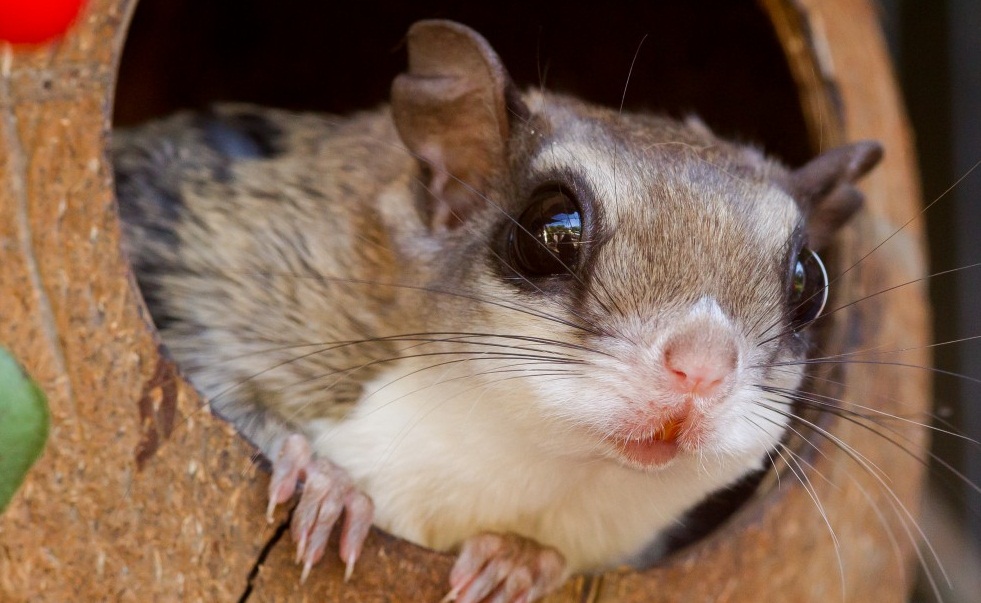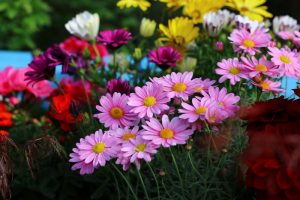Are you in need of a tiny, adorable animal to look after and cherish? Look no further than a beautiful, Flying Squirrel. These animals are true pocket pets. Flying Pet Squirrels develop strong bonds with their owners. They become attached, literally. You’ll find your Flying Squirrel will enjoy countless hours climbing around your body and clothes.
Although Squirrels are nocturnal, they can adjust this slightly, so they can spend time awake with you. The Flying Squirrel’s beautiful big eyes, compassion, and gliding prowess make it a popular exotic companion.
General Information About Flying Squirrel Pet

Average Lifespan: 10-12 Years
Diet: Our squirrels are fed our homemade squirrel mix, which comprises nuts, grain, and supplements. Shelled nuts, like pecans and walnuts, are excellent treats.
Calcium must be added to their diet. We prefer to give our squirrels orange slices twice per week in addition to the powdered calcium on their food.
Size at Adulthood: Flying Squirrels are small. They grow to around 5 ” long, and weigh 4- 6oz.
Living environments: It is paramount you supply your Flying Squirrel with a good sleeping environment. You need no big cage; an averaged size bird cage can easily suffice.
It needs various types of non-toxic branches and hanging pouches, so it can glide around and truly feel like it is at home.

Bonding: It is important you develop a bond with your Flying Squirrel at a young age, only 8 weeks. You’ll need to carry them around with you regularly, so it gets comfortable with you and doesn’t feel threatened.
Flying squirrels are just like any other pet. They will be affectionate and loving towards you if you show enough love and it is acquired at the right age.
Hand feeding and daily handling is crucial in the first few weeks after you receive them to ensure proper bonding. It is relatively easy to bond with a new baby, but is very challenging if you receive an older adult.
They are attention seekers and affectionate with their humans, but remember, they are a living thing, so things won’t go like it says in theory.
What you Need to Know As an Owner

Before you bring your Flyer home, have its habitat ready. Your baby will come in a small plastic aquarium for it to stay in for the first two weeks.
You should keep the baby in this container for it to regulate its body temperature and keep it in a more natural “nest” environment like it would be in the wild.
When your squirrel is ready for a big cage, line the bottom of the cage with a few sheets of newspaper.
Fill the water bottle and attach it to the side of the cage. Place about 2 table spoons full of seed mix / food in one food dish and cut up some fruits and veggies for the other dish. You can also put non-toxic branches for them to climb on.
Place the nest box or bonding pouch somewhere up high on the side of the cage. Place toys and wheel inside with enough room for it to move around and be comfortable. Changing the newspaper should be done once or more a week.
Remember to locate a vet experienced with exotics and that is willing to see your baby BEFORE you get your baby.




Thank you sooooo much! This has helped me so much. This article will be greatly shared amound my frineds with flying squirrels.